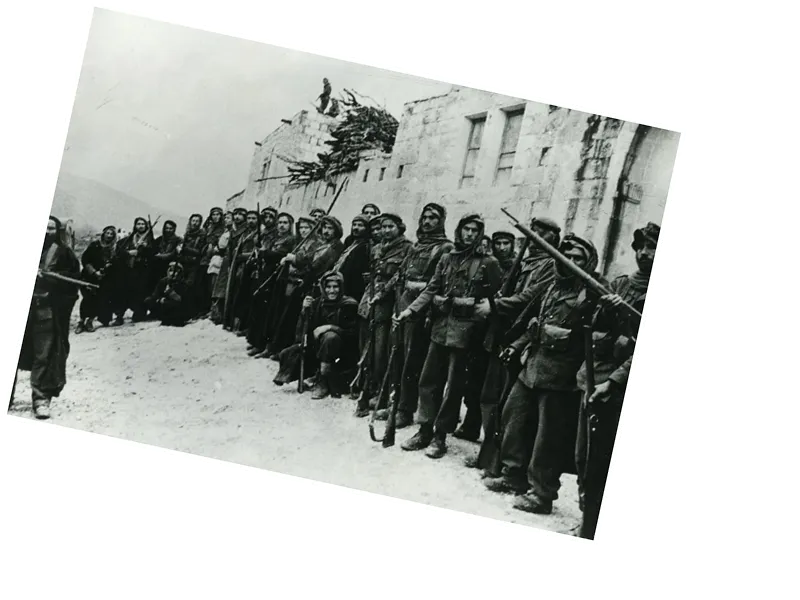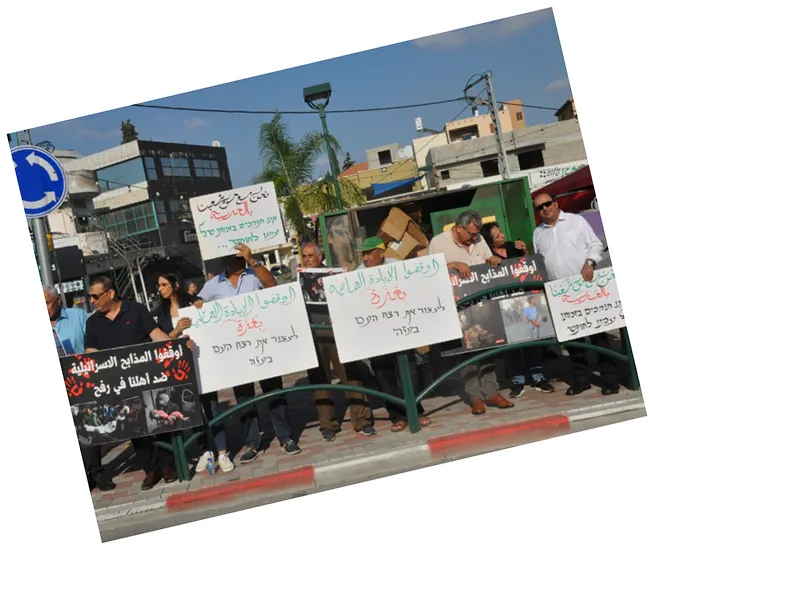The Formation and Role of the Arab Salvation Army in the 1948 War
The Arab Salvation Army, initially formed as the Liberation Army under the supervision of the Arab League in December 1947, aimed to support Palestinians in their struggle against colonialism and Zionist forces. Led by Fawzi al-Qawuqji, the army was envisioned as a formidable force to expel Zionist gangs, but it faced significant challenges due to poor organization, lack of equipment, and inadequate training. Despite the high hopes placed on it, the army entered the battlefield with less than 3,000 fighters, significantly outnumbered by the well-trained Zionist forces.
The Arab League's Military Committee and Volunteer Efforts
In response to the situation in Palestine, the Arab League convened a conference in October 1947 to address the impending division of Palestine proposed by the United Nations. This led to the establishment of a military committee tasked with developing strategies to assist the Palestinian people. The committee encouraged young Arabs from various countries, including Syria, Iraq, and Egypt, to volunteer for the armed struggle. Ultimately, around 10,000 volunteers expressed interest, but only about 4,630 made it to Palestine, organized into eight regiments with diverse backgrounds and training.
Challenges and Defeats of the Salvation Army
The Salvation Army faced numerous challenges during its operations in Palestine, including inadequate supplies, lack of cohesive military strategy, and internal disorganization. The army's first significant engagement at the Battle of Jeddin revealed the fierce resistance of the Zionist forces, and subsequent battles highlighted the poor quality of weapons and training among Arab fighters. As the conflict progressed, the entry of regular Arab armies led to the eventual disbandment of the Salvation Army, further complicating the military landscape and contributing to the overall defeat of Arab forces in the 1948 war.
- The Arab Salvation Army was a crucial yet flawed military initiative during the early stages of the Palestinian struggle against Zionist forces. Despite the enthusiasm and commitment of many young Arab volunteers, the lack of proper military infrastructure and resources severely hampered its effectiveness on the battlefield. The army's operations were characterized by a mix of guerrilla tactics and conventional warfare, but ultimately, the challenges of coordination and equipment shortages led to its downfall. The historical context of the Arab League's involvement and the political dynamics of the time played a significant role in shaping the outcomes of the battles fought by the Salvation Army.






